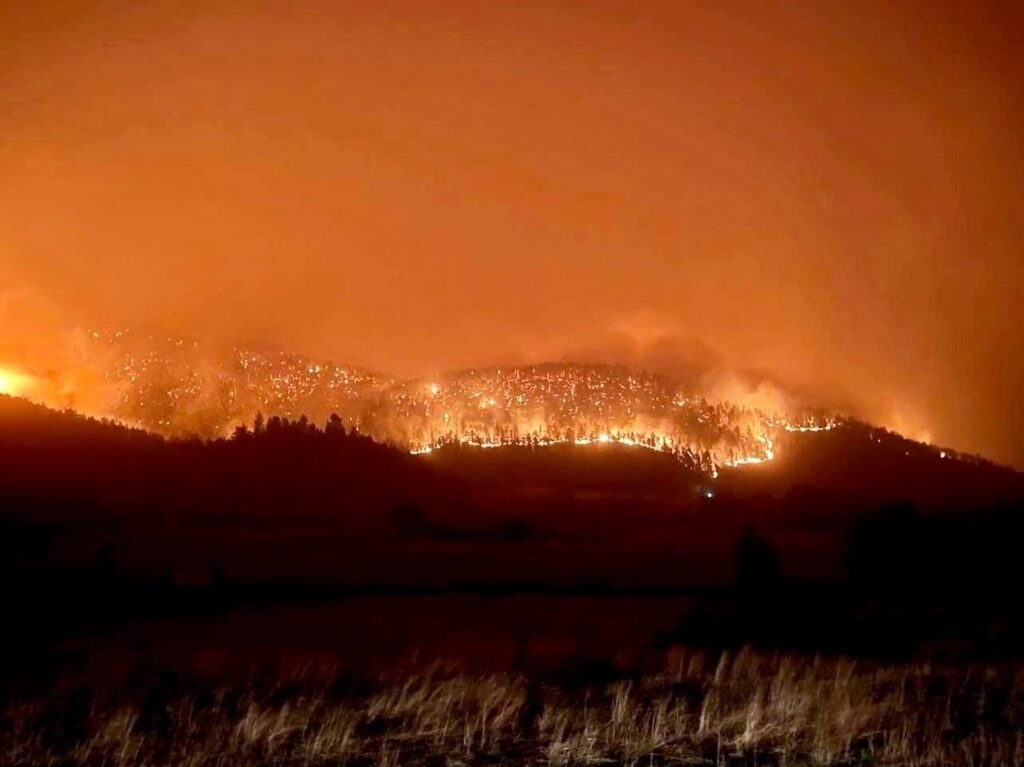
The federal government must speed up and streamline permitting of wildfire mitigation projects and make sure any requirements to reduce wildfire risk are flexible and cost-effective for electric cooperatives, a co-op leader told federal energy regulators Tuesday.
South Texas Electric Cooperative General Manager Clif Lange testified on behalf of NRECA at a Federal Energy Regulatory Commission technical conference on cutting wildfire risk for the bulk power sector.
Electric co-ops, which often serve rural and remote areas, are particularly vulnerable to the threat of wildfires, Lange explained. Their infrastructure also frequently crosses public lands, subjecting them to oversight by multiple federal agencies and the permitting delays that result.
As not-for-profit entities, any increases in regulatory compliance or operations costs tied to wildfires are passed directly to consumer-members through increased electricity rates, Lange said.
“The vast physical scope of electric cooperative systems across the American landscape means that we are perhaps the most vulnerable of all types of electric utilities to the existential threat of wildfire,” he said in his prepared remarks. “Our unique business model means that we also are the most susceptible to rate increases and financial distress that wildfires can cause.”
Although co-ops work hard to safeguard their systems and invest in infrastructure upgrades, cumbersome permitting requirements and inconsistent land management policies between regions and agencies have slowed co-op efforts to combat wildfires, the co-op leader said.
“My colleagues out West especially have waited months or even years to obtain permission from federal land management agencies to remove even a single hazardous tree or to replace a wooden pole with a metal pole or to underground a line,” Lange told FERC members.
To address these challenges, he called on the federal government to expedite, simplify and streamline utility wildfire mitigation permitting processes and improve consistency among agencies and regions. The government must also improve land and forest health to reduce wildfire risk in places where co-ops operate.
Some of these issues could be addressed by legislation that NRECA is backing in Congress to make it easier for co-ops to strengthen their systems against wildfires and remove trees and brush that fuel blazes.
As FERC considers potential wildfire mitigation standards, Lange said such standards must be workable for electric co-ops, including maintaining an “opt-in” approach that gives co-ops flexibility on their mitigation plans.
That opt-in model has been included in many Western states’ legislation to set wildfire mitigation standards, often in exchange for caps on state-level wildfire liabilities.
“Any sort of wildfire mitigation requirements at the federal level should be optional and flexible,” Lange concluded. “Such requirements also should be cost-effective, particularly given the impact that increases in regulatory compliance costs, technologies, and wildfire mitigation projects have on electricity rates for rural Americans.”
Molly Christian is a staff writer for NRECA.